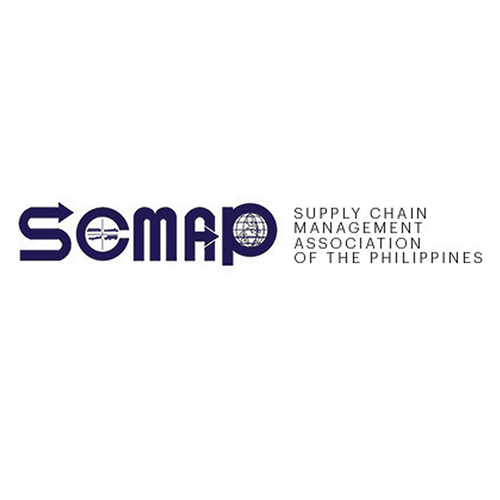A few weeks ago I joined a BusinessWorld forum on food security, which counted among its panelists Chit Juan. You may know her as the founder and former CEO of Figaro Coffee, and a strong advocate for the use of locally sourced coffee beans, but these days she is an ambassador for the global Slow Food movement, which promotes the use of local produce and heirloom foods. She said that by revisiting and patronizing local produce we may be able to address issues surrounding food shortages and rising prices.
Well, I thought, that was an interesting way of putting it. Not that I disagree – the opposite, in fact. I acknowledge that my perspective on certain matters are very much limited by what I see, and since I consider myself a city-dweller for almost my entire life, I know that what people who live in and around Manila see is different from what those who live in more rural areas see. For one, how affected are they by never-ending coverage of food prices? Perhaps they are affected as much by, say, the looming threat (once again) of expensive rice, but what about their local produce, their meat or fish? In theory, if you’re closer to the source, the less expensive it should be, although of course the complexities of supply chains make realities more tangled up.
Still, she had a point. We don’t have to stick with rice. We can switch to other grains. The Cebuanos use corn extensively, for example. Maybe we can do something similar. I recall adlai, often touted as a healthier alternative to rice, and how it is grown in the Philippines, particularly in Mindanao. But it is expensive.
But the answer isn’t boosting the production of adlai, at least if you’re subscribing to the tenets of the Slow Food movement. One of the things it is very much against is overproduction, which leads to food waste. If you scale up the production of adlai, for example, you may find yourself with too much product, especially if demand isn’t as high as a result. Perhaps it’s still too expensive in this scenario? In any case, that means local farmers lose, and the legacy of adlai itself loses.
But perhaps one answer is improving accessibility of these local and heirloom products for a wider audience. This is already at play. The development of the DeliverE platform – led by the Department of Trade and Industry, supported by private sector partners such as SCMAP and funded by USAID – has led to oranges from Nueva Vizcaya being sold here in Manila at a competitive price, one that does not shortchange farmers there. This is one of the templates the food logistics agenda recently approved by the government is looking to follow. How can we do this in a bigger scale?
Shortening the supply chain and removing bottlenecks will definitely go a long way in improving prices and making more foods accessible to more Filipinos. Apart from ensuring there is food on the table, it will also expand their palates and broaden their horizons, creating a market for more of these local products and uplifting farmers all over the country. Take the batwan. We don’t see this in Manila supermarkets, but in western Visayas it is all over. It is a crucial ingredient in dishes such as kansi, KBL (kadyos, baboy at langka) and pinamalhan. It forms part of their culinary heritage, and while it makes sense to go to Bacolod or Iloilo to try these dishes in as authentic a manner as possible, how can we promote it if we can’t recreate it at home?
One of the visions of the food logistics agenda is to develop new food hubs serving Metro Manila, where a bulk of food demand is. Apart from bringing all sorts of produce in one place, potentially lowering its prices, it can also serve as a showcase of the best food the country has to offer, further opening up these “hidden secrets” of our country’s culinary prowess to more Filipinos. Of course, this means additional investment in infrastructure and developing the ecosystem that means these products can be moved without affecting their quality. But it would be a great dream, right?
The other factor, of course, is supporting these farmers directly by providing them with the tools to improve their yields and harvest a better product. This means everything from investing in scientific research to combat causes of low yields to providing farmers with direct support such as irrigation, fertilizers and equipment. I am hopeful that with a full-time secretary now named in the Department of Agriculture – fishing mogul Francisco Tiu Laurel was named to the post two weeks ago, a year after the election of President Marcos – the agency can go full steam ahead in this front. What’s the use of a good distribution network if production is lagging?
Henrik Batallones is the marketing and communications director of SCMAP, and editor-in-chief of its official publication, Supply Chain Philippines. More information about SCMAP is available at scmap.org.
PREVIOUS COLUMN: King of the Road?





